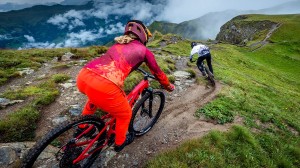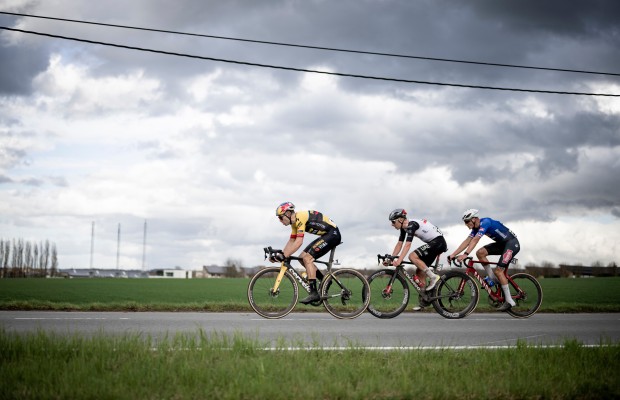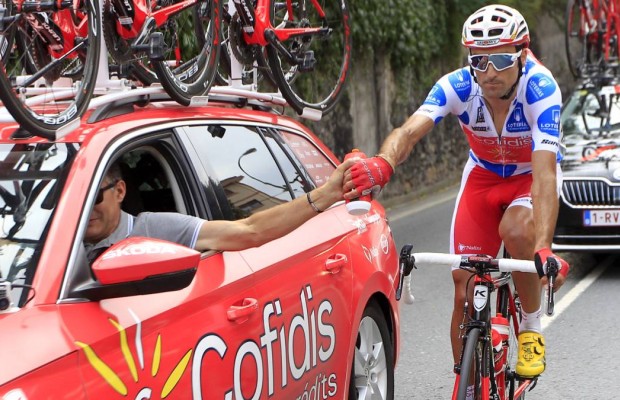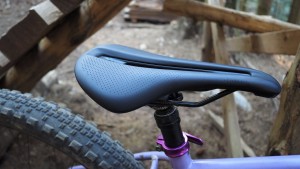What is the difference between mountain and road saddles?
The contact points between the cyclist and the bike are essential to achieve the best performance on the bike. Having them well adjusted, adapting to our morphology, and having a design that suits each discipline is key. Of the three, handlebars, pedals, and saddle, perhaps the latter is the most complicated to design and the one that most determines efficiency in pedaling and bike handling. We explain why mountain bike and road bike saddles are so different.

Each saddle for its specialty
Although it might seem that the purpose of the bike saddle is solely to support the weight of the cyclist providing a platform to pedal on, in reality its design goes much further than that.
The saddle is a key element in the way the cyclist pedals and the position they adopt on the bike, aspects that are often not taken into account by the cyclist when choosing a new model to replace the one on their bike. Besides, the saddle must perform this task by presenting a platform that keeps the cyclist in a stable position and providing enough comfort to allow them to sit there for several hours.
RECOMENDADO

What is heart rate variability and how does it affect the cyclist?

Fat Max Training to efficiently eliminate fat

Change wheels if you want to transform your bike's behavior

What bike size do you need? Here's how to find out

How does age affect performance and recovery?

How long cyclists can be pushed when handed a sticky bottle?

If we refer only to pedaling as in road cycling. If we also introduce bike handling into the equation, the design of the saddle becomes more complicated as it must allow the cyclist to sit in various positions to shift weight forward or backward as required by the terrain. Besides, the mountain bike saddle must interfere as little as possible when facing a descent while serving as support and reference in descents for bike control.
As you can see, many tasks and very different depending on the discipline for which we are looking for a new saddle, and that undoubtedly greatly conditions the design that manufacturers apply to each of their models.
As we were saying, on the road, the priority is to achieve the best possible pedaling position, this is achieved by prioritizing a stable platform. That is why the days are long gone when road cyclists used long and narrow saddles. The trend, fueled by knowledge gained from thousands of biomechanical studies, is towards models that offer broad support to the sit bones and, at the same time, maintain the cyclist's hip position as fixed as possible.

That is why in recent years, cut-out nose saddles have proliferated, which seek, on the one hand, a wide and generously padded rear part and, on the other hand, by cutting the tip, the cyclist can adopt a more aggressive position on the bike without this causing extra pressure on the most sensitive areas that could cause discomfort or numbness. In other saddle models, with a conventional length, this is achieved with a concave saddle profile so that the cyclist is nestled in the center and, the slightly raised rear part rotates the hip to allow a more sporty position. This does not exclude road models with a flat top although, following the current trend, also with broad support for the sit bones.
The design of mountain bike saddles follows a different line as the needs are very different. It is true that if we are an XC or Marathon cyclist, we will need a saddle that allows us to pedal effectively in a stable position. However, in mountain biking, the position on the bike is more anarchic and, depending on the traction capacity of the terrain, whether we face a steep climb or ride on flat ground, playing with body weight is an essential part of achieving the greatest effectiveness. That is why mountain bike saddles usually maintain a generous length with padding distributed throughout the surface and the necessary width so that we can pedal from any point. There are even models where the tip is specially padded for those situations where we sit on the edge of it when facing impossible climbs.

The mountain bike saddle cannot offer as generous a width as current road models since, although nowadays the dropper post is almost a standard in bike equipment, a wide saddle can bother us when shifting our weight on descents. In fact, it is also common for these saddles to have wings with very rounded shapes to prevent us from getting caught on them with movements back and forth.
However, it must also maintain a sufficiently defined shape since the saddle is a support and a reference that we instinctively use to handle the bike on descents, so the balance of its dimensions must be very subtle. Finally, mountain bike saddles usually have the most exposed areas reinforced to better deal with rubbing and falls. As you can see, the saddle is a component that is much more than a piece to sit on and whose designs have evolved over the years to specifically adapt to the needs of each cycling discipline.